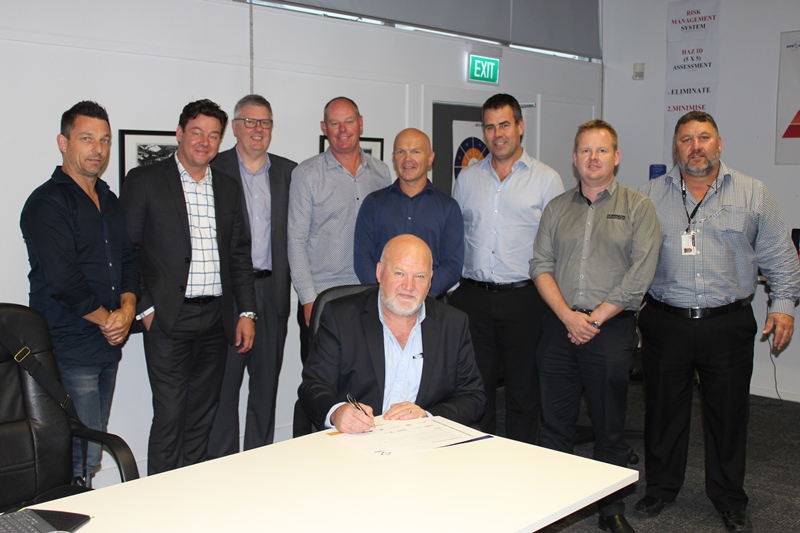
Firms unite on health & safety
The leaders of some of New Zealand’s biggest commercial construction companies are joining forces to standardise their approach to health and safety, writes Naylor Love Chief Executive Rick Herd:
Over recent years, the construction industry has worked very hard and successfully to improve health and safety performance. However, many of us recognise there are some challenges unique to the commercial sector that we must face to ensure that we continue to improve performance and everyone goes home safe and healthy at the end of each day.
In contrast with the civil sector, which deals with infrastructure projects such as bridges and roads, the commercial sector requires greater numbers of specialist subcontractors and a large range of trades on-site. There is a predominance of manual labour, hand tools, hazardous substances and a greater number of people involved on each project exposed to a greater range of risks. And with the current levels of growth in construction, there are large numbers of new recruits and relatively inexperienced people joining the sector, including immigrants who may introduce culture and language challenges.
In the past, main commercial contractors have developed their own safety policies and processes, meaning expectations for individuals and sub-contractors may vary from one main contractor’s site to another. This can cause confusion, frustration and sometimes cynicism for those struggling to deal with conflicting policies, rules and on-site expectations. This is not conducive to a co-operative, safe and healthy workplace. It also puts a significant additional workload on site supervisors, who have to induct newcomers to the house rules, expectations and on-site hazards, as well as supervising everyone on-site.
With assistance from Site Safe, the industry’s not-for-profit health and safety organisation, some of New Zealand’s leading commercial construction companies have forged an agreement to standardise on-site health and safety policy, engagement and induction. By working together, we aim to eliminate some of the confusion and resulting frustration faced by subcontractors and employees. Our goal is that anyone going onto any commercial construction site in New Zealand can expect the same health and safety policies and procedures on things such as training and competence standards, personal protective equipment, access equipment and behaviours. These initiatives will then be discussed and coordinated with the civil sector, through the Construction Safety Council.
Only by working together and co-ordinating our approach to health and safety can we lead a step change improvement in health and safety performance.

Representatives from some of New Zealand’s biggest construction firms gather to sign the commitment to standardising health and safety. From left Brendon Vincent from Cassidy Construction, Anthony Leighs from Leighs Construction, Gary Walker from Hawkins Construction, Chris Hunter from NZ Strong, Rick Herd (centre) from Naylor Love, Mark Hopwood from Arrow International, Brett Russell from Russell Group, Grant Thomas from Dominion Constructors and Gordon Little from Fletcher Construction.





